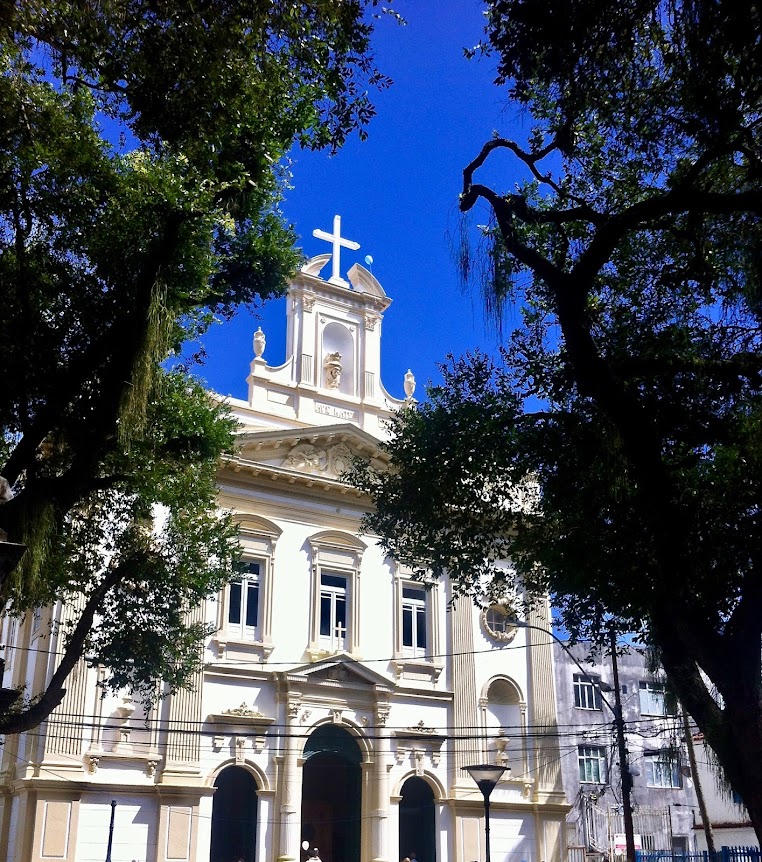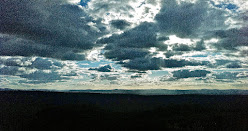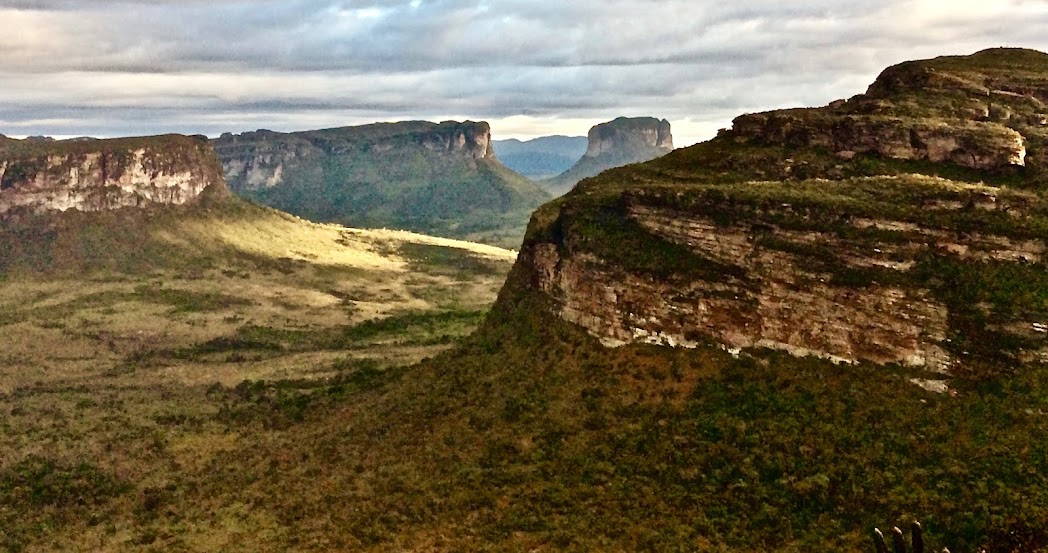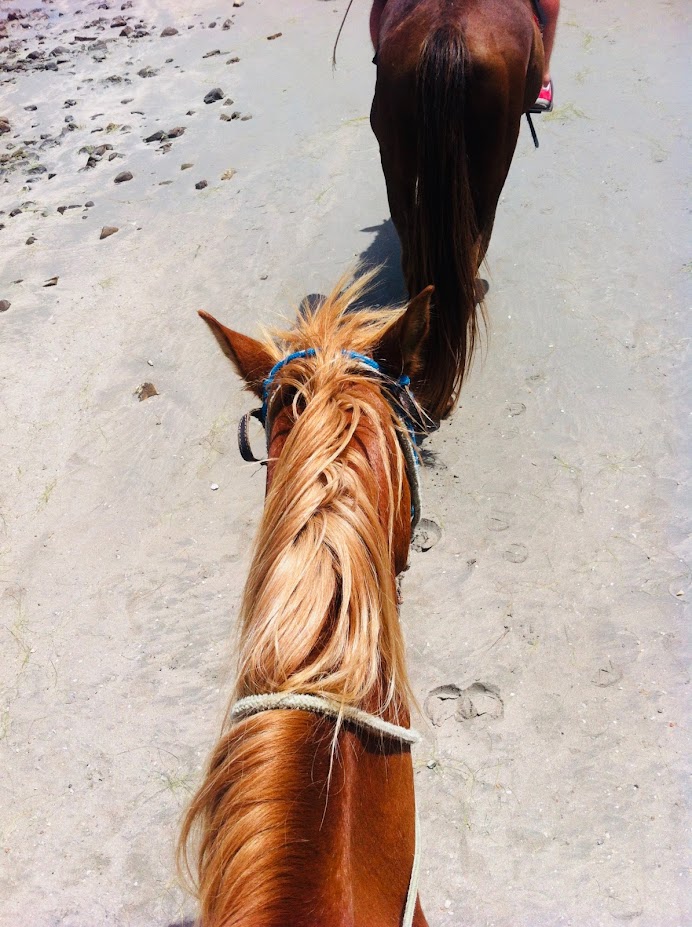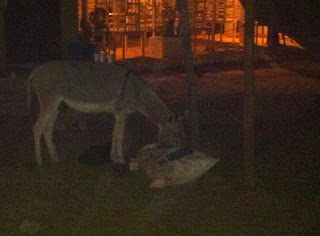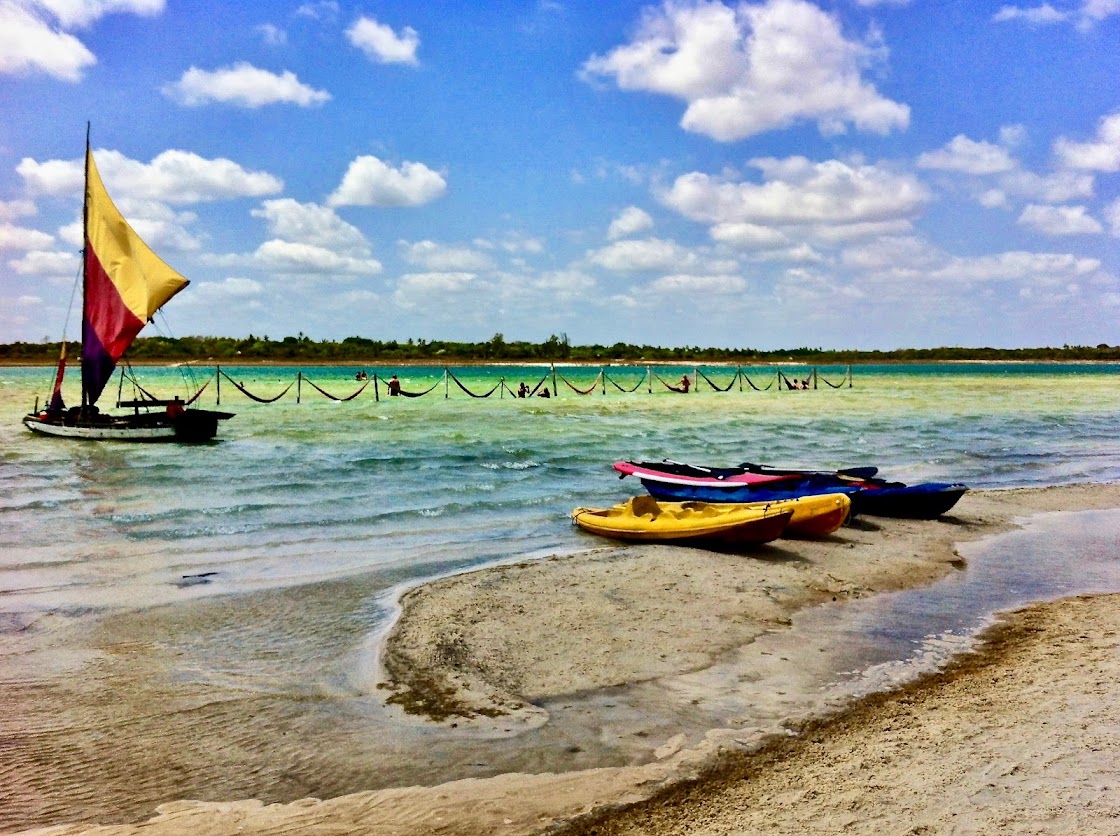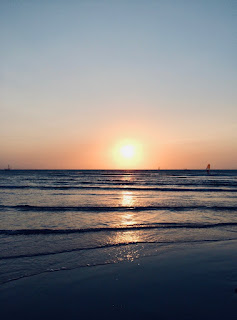“There is no generally accepted definition of social justice. The contemporary understanding of this normative concept has its roots in political philosophy, but different disciplines – including sociology, social psychology, law and jurisprudence, and human geography, among others – have contributed to its theoretical underpinnings and to defining its fundamental elements.” - Mona Khechen in Social Justice: Concepts, Principles, Tools and Challenges
Your views on social justice will reflect how you think society should work and what it should do. For many of us, this is intuitive. We don’t actively reflect on what we think is ‘just’, but it plays out in our everyday lives. In many cultures, the laws reflect accepted views, but these aren’t the same in all places, and they change over time.
We need to reflect on our own views about fashion and justice. Social justice is often seen in terms of equality, equity, rights, diversity or inclusion. It is about the distribution of power, resources, advantages and access that benefit some people and marginalise others.
we need to look at the definition of things and how we feel about them, do they overlap? are we directly affected? how can we change this?
https://remake.world/stories/news/how-fast-fashion-and-racism-are-intricately-linked/- Equality: Equality is about ensuring that every individual has an equal opportunity to make the most of their lives and talents. It is also the belief that no one should have poorer life chances because of the way they were born, where they come from, what they believe, or whether they have a disability
- Equity: the quality of being fair and impartial."equity of treatment"
- Rights: that which is morally correct, just, or honorable.
- Diversity: the practice or quality of including or involving people from a range of different social and ethnic backgrounds and of different genders, sexual orientations, etc.
- Inclusion: the practice or policy of providing equal access to opportunities and resources for people who might otherwise be excluded or marginalized, such as those who have physical or mental disabilities and members of other minority groups."we value and promote diversity and inclusion in every aspect of our business"
- Justice: just behavior or treatment."a concern for justice, peace, and genuine respect for people"
Social injustice in and through fashion is experienced widely. It covers issues such as:
- Workers’ rights
- Cultural appropriation of clothes
- Bullying people because of the clothes they wear
- The unequal distribution of the economic rewards of fashion
- Who can afford to buy clothes
- The exploitation of models and interns
- The effect of ecological harm caused by fashion on people’s lives.
Intersectionality and social injustice
Professor Kimberlé Crenshaw first coined the term in 1989. She defines intersectionality as “a lens through which you can see where power comes and collides, where it interlocks and intersects”. Intersectionality acknowledges the interconnected nature of social categorisations such as race, class and gender, regarded as creating overlapping and interdependent systems of discrimination or disadvantage.
Social injustice in fashion is not experienced equally. Factors including race, class and gender, as well as physical and psychological characteristics, affect fashion’s impact on society. For example, fashion companies profit from the exploitation of people, particularly women and people of colour, who make clothes and deal with fashion waste. Fashion media can exclude people with physical characteristics outside of the conventions of physical beauty. And universities, businesses and organisations often exclude people without particular education or the ‘right’ networks from the conversations and decisions about fashion and social justice.
“The only way we can tackle this issue is by decolonising fashion and elevating the voices of folks that have been traditionally ignored by the fashion industry” - Intersectional Environmentalist
https://ethicalmadeeasy.com/theres-no-ethical-fashion-without-intersectionality/
https://www.collectivefashionjustice.org/articles/5-reasons-fashion-is-a-feminist-issue
Workers’ rights
Workers’ rights are enshrined in the United Nations Declaration of Human Rights and in the Conventions of the International Labour Organisation(ILO). However, workers throughout the fashion system routinely have their rights violated. Such rights include, but are not limited to, access to safe workplaces, freedom from sexual harassment and the ability to join trade unions to call for improved conditions.
Human trafficking, modern slavery and forced labour are among countless issues faced throughout the entire fashion supply chain worldwide. Fashion employs many millions of people globally, and the majority of these are women.
Working conditions in the garment sector are often characterised by long working hours and low pay in unsafe working conditions, amongst other decent work deficits.
It isn’t only garment workers that face violations of their rights. The #MeToo movement played a part in highlighting the exposure of models to verbal and sexual harassment in the fashion industry, and human trafficking has also been reported as a worldwide issue faced by models. Unpaid internships and unequal opportunities to progression in fashion demonstrate other ways in which rights are exploited.
Environmental justice
Environmental justice is defined by the Environmental Protection Agency as “the fair treatment and meaningful involvement of all people regardless of race, colour, national origin, or income, with respect to the development, implementation, and enforcement of environmental laws, regulations, and policies”. The environmental justice movement emerged in the US in the 1970s and 1980s, addressing the unequal distribution of environmental benefits and burdens. Sociologist Dr Robert Bullard is often described as the father of environmental justice. He states that “environmental justice embraces the principle that all people and communities have a right to equal protection and equal enforcement of environmental laws and regulations”. This applies to people living now, as well as future generations who will face the consequences of fashion today.
The ecological harm caused by fashion is disproportionately experienced by people who have no role in the decisions that led to the harm. The implications for workers and the communities now and in the future around garment hubs are stark, especially when low wages and insecure work increase vulnerability to ecological damage and decrease the ability to mitigate climate change impacts. In startling research by Cornell University, published in 2021, climate change is identified as likely to significantly contribute to flooding in the places where garment factories are located.
https://gizmodo.com/the-fast-fashion-industry-could-drown-itself-1848000176


















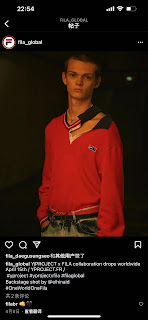






















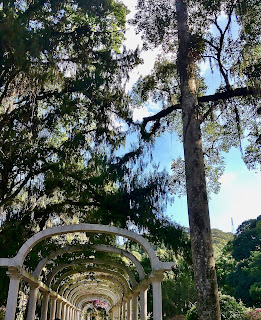



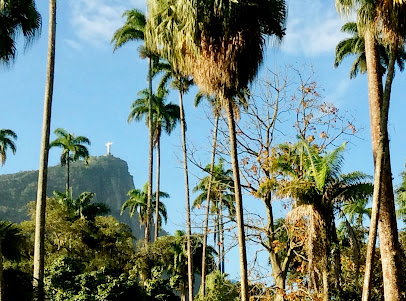
















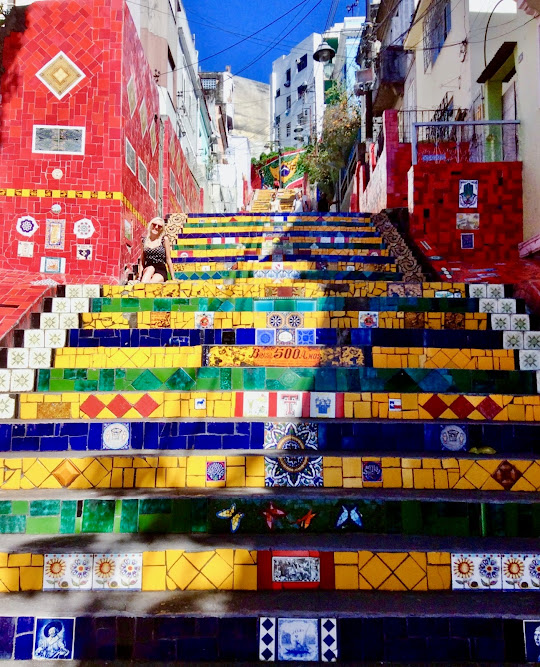



































 https://www.tripadvisor.co.uk/Tourism-g303272-Salvador_State_of_Bahia-Vacations.html
https://www.tripadvisor.co.uk/Tourism-g303272-Salvador_State_of_Bahia-Vacations.html













































